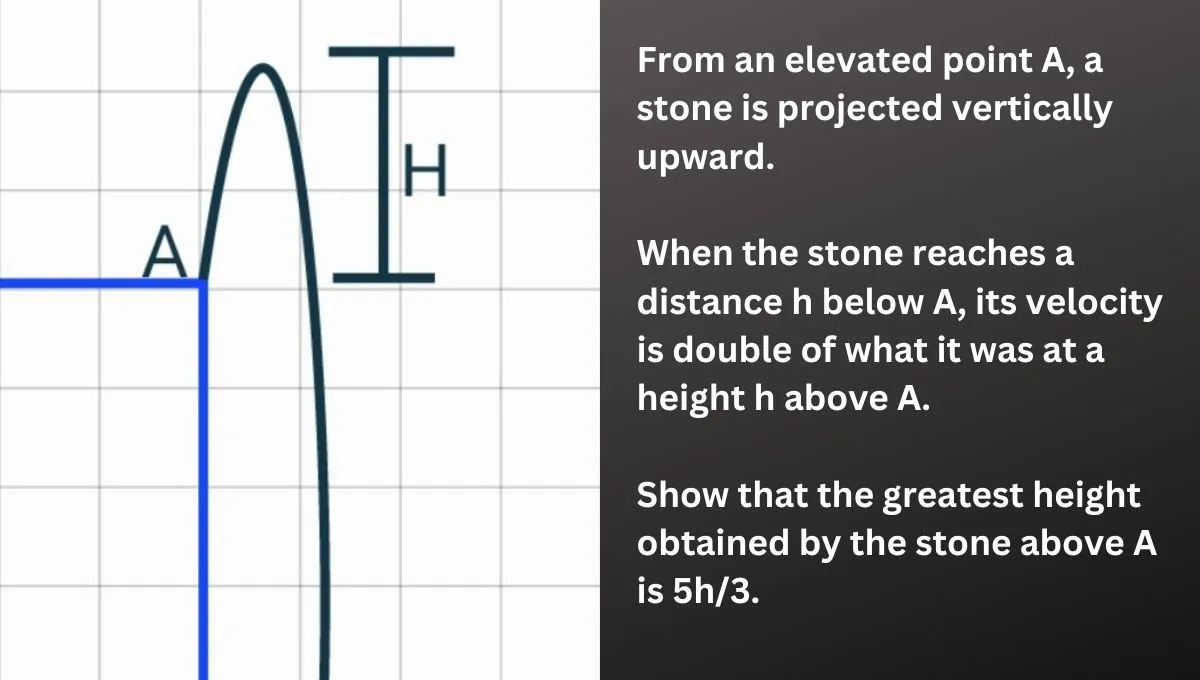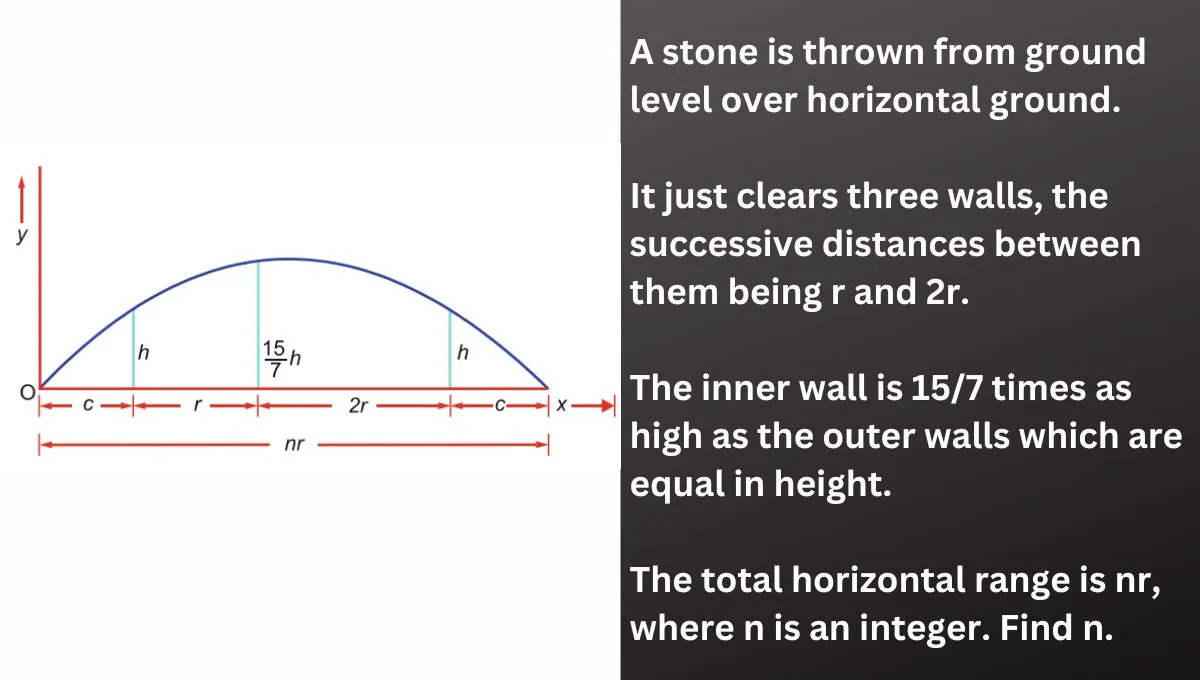Problem:
The constant forces ![]() and
and ![]() act together
act together
on a particle during a displacement from position ![]() to position
to position ![]() . Determine the total work done on the particle.
. Determine the total work done on the particle.
Solution:
Step 1: Calculate the total force
The total force ![]() is the sum of the two forces:
is the sum of the two forces:
![]()
Calculation:
![]()
![]()
![]()
Explanation: The components in the same directions (![]() ) are added to get the total force.
) are added to get the total force.
Step 2: Calculate the Displacement Vector
The displacement vector ![]() is obtained by subtracting the initial position from the final position:
is obtained by subtracting the initial position from the final position:
![]()
initial position:
![]()
Final position:
![]()
Therefore,
![]()
![]()
![]()
Convert this to meters (since the force is in Newtons):
![]()
Explanation: The displacement vector shows the direction and distance in which the particle is displaced.
You may also want to know about projectile motion.
Step 3: Calculate the work
The formula for work ![]() is:
is:
![]()
Here “![]() ” represents the dot product.
” represents the dot product.
Calculation:
![]()
![]()
![]()
Explanation: In dot product, components in same directions are multiplied and then added. This ensures correct calculation of work as work is scalar product between force and displacement.
Final Answer:
The total work is ![]() joules.
joules.
References:




